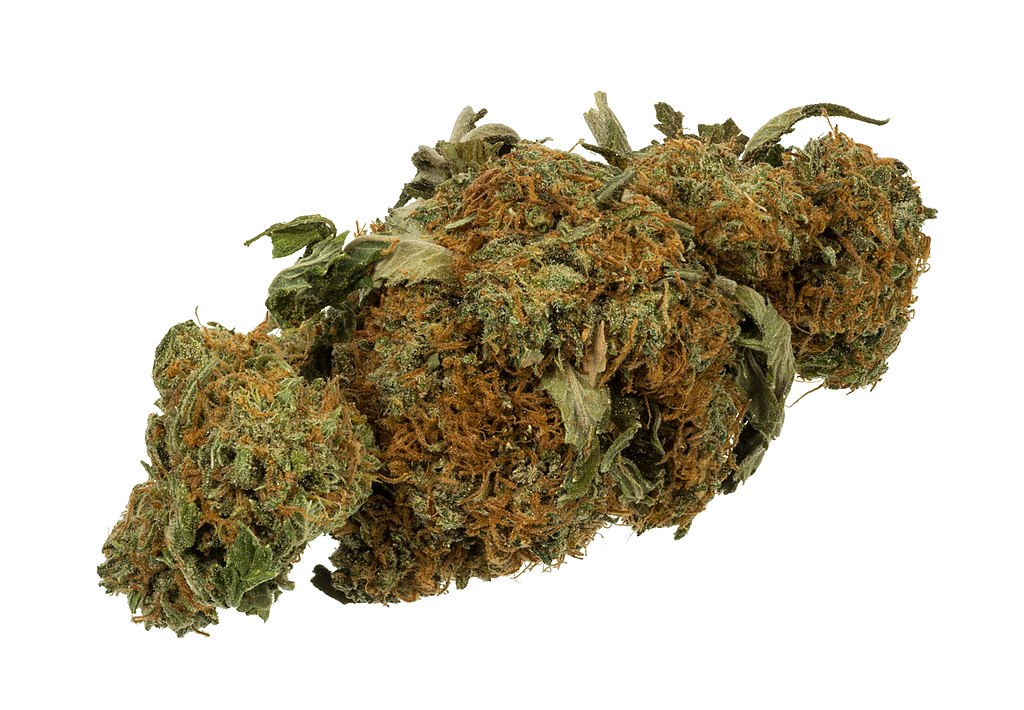It is worth mentioning that the effects of marijuana can vary greatly depending on the strain, potency, and individual tolerance. While THC is the primary psychoactive compound, other cannabinoids such as cannabidiol (CBD) can also influence the duration and intensity of the effects. In conclusion, how long weed stays in your system depends on several factors, including the method of consumption, frequency of use, individual metabolism, and the type of drug test used. Understanding these factors can help individuals make informed decisions and navigate legal matters related to marijuana use. As the clock ticks, it is essential to be aware of the potential consequences and take responsible actions.” However, one question that often arises is how long does it stay in our system? The answer to this question is not as straightforward as one might think, as it depends on various factors such as frequency of use, dosage, metabolism, and the type of test being conducted.
When marijuana is consumed, its active compound, THC (tetrahydrocannabinol), is absorbed into the bloodstream and distributed throughout the body. From there, it is metabolized by the liver into various metabolites, which are then excreted through urine, feces, and sweat. The primary metabolite of THC is called THC-COOH, and it is this metabolite that drug tests typically look for. The length of time that THC and its metabolites stay in the body can vary significantly from person to person. For occasional users, THC can be detected in urine for up to three days after use. However, for chronic users or those with higher body fat percentages, THC can be detected for up to 30 days or even longer. This is because THC is fat-soluble, meaning it is stored in fatty tissues and released slowly over time. Metabolism also plays a crucial role in how long marijuana stays in the system. Individuals with faster metabolisms tend to eliminate THC and its metabolites more quickly than those with slower metabolisms.
Factors such as age, weight, and overall health can influence metabolism. Additionally, exercise can temporarily increase metabolism and help flush out THC from the body. The type of drug test being conducted also affects the how long does weed stay in your system detection window for marijuana. Urine tests are the most common method used, as they are relatively inexpensive and easy to administer. However, they have a shorter detection window compared to other tests. Blood tests can detect THC for up to 36 hours after use, while saliva tests can detect it for up to 72 hours. It is important to note that while drug tests can detect the presence of THC and its metabolites, they do not indicate impairment. THC can remain in the body long after its psychoactive effects have worn off. This is why workplace drug testing policies have come under scrutiny, as they may not accurately reflect an individual’s current impairment level. In conclusion, the length of time marijuana stays in the system varies depending on several factors.




